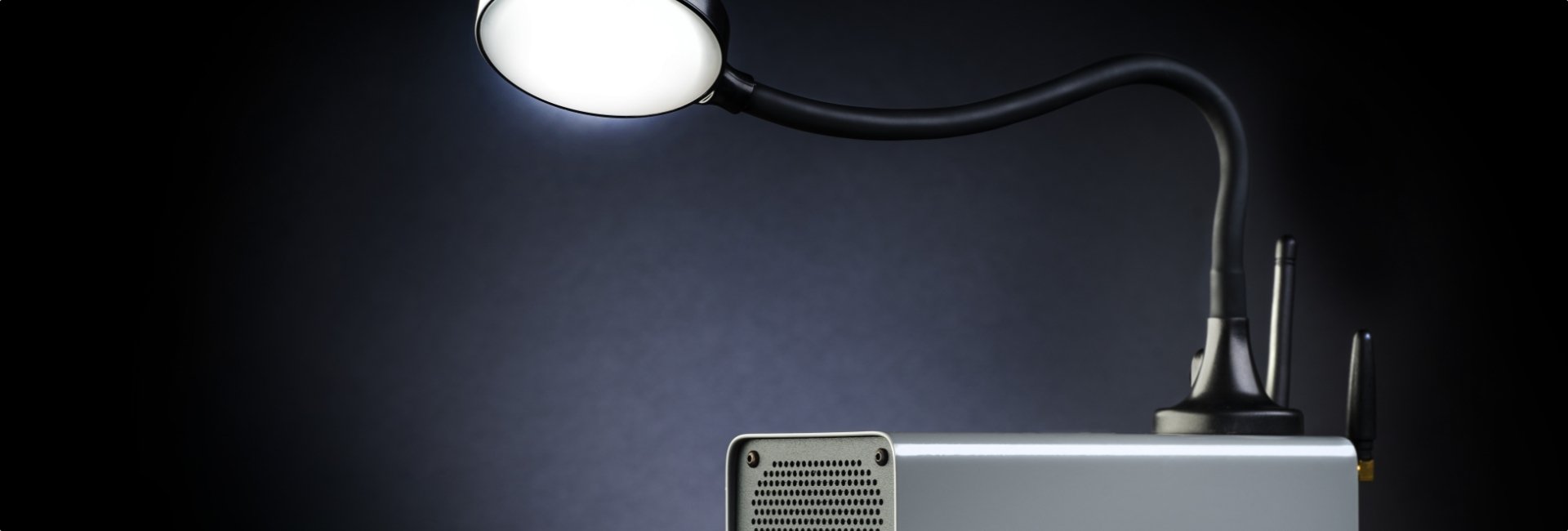POP stands for point of purchase. A point of purchase, or POP short, is a location, a store where customers can see and purchase products. POP displays are advertising materials used to promote products. Displays are separate from the shelves where products are displayed.
POP displays need to catch the attention of the customers and encourage them to make a purchase. The biggest benefit of using POP displays is that they can be customized. Also, these displays can be assembled and broken down in a few moments, leaving the store as it was initially arranged.
What is the difference between POP and POS display?
As mentioned, POP stands for point of purchase. POS stands for point of sale. The location is the main difference between POP and POS displays. While a POP display stands on the aisle, right next to the product, a POS display stands near the checkout counter.
Also, POP and POS displays can be used for different products. POP displays are better for bigger products or larger amounts of products while POS displays are great for smaller products or items that are impulse purchases and that sit at the checkout counter.
Types of POP displays
There are different types and models of POP displays. Depending on your needs, the types of products, and the in-store marketing strategy, you can select the right POP display for you.
Some of the best types of POP displays include:
- End caps
- Dump bins
- Floor graphics
- Shelf Talkers
- Motion display
- Robotic display


